Entry Type: Group - Starting with C
Chinese
Choctaw
Christadelphians
Christian Church (Disciples of Christ)
Christian Scientists
aka: Christian Science
aka: Church of Christ, Scientist
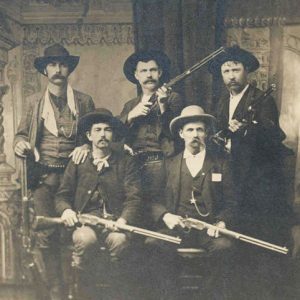 Ned Christie Posse
Ned Christie Posse
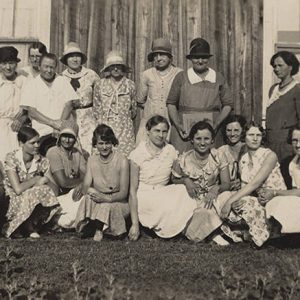 Church Ladies Aid Society
Church Ladies Aid Society
Church of God in Christ (COGIC)
Church of Jesus Christ of Latter-day Saints
aka: Mormons
Church of the Nazarene
Churches of Christ
Churchill’s Arkansas Division (CS)
Civil War Refugees
Civil War Roundtable of Arkansas (CWRTA)
 Harry Claiborne
Harry Claiborne
 Harry Claiborne
Harry Claiborne
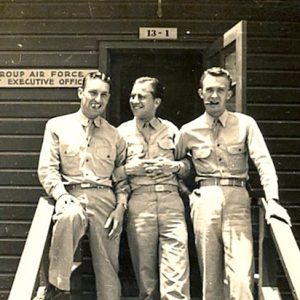 Harry Claiborne: WWII
Harry Claiborne: WWII
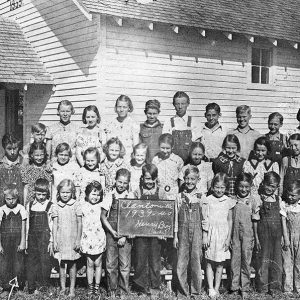 Clantonville School
Clantonville School
 Clark and Representatives
Clark and Representatives
Clark County Historical Association
 Clark Staff
Clark Staff
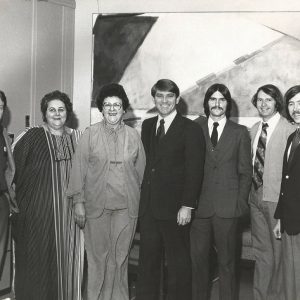 Steve Clark and Staff
Steve Clark and Staff
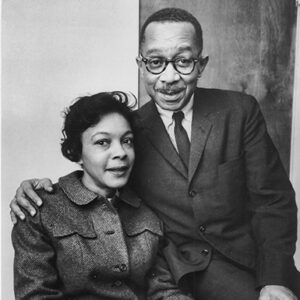 Mamie and Kenneth Clark
Mamie and Kenneth Clark
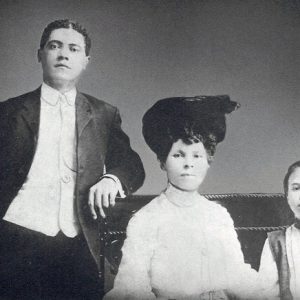 Georgia Clark
Georgia Clark
 Claybrook Tigers
Claybrook Tigers
Claybrook Tigers Baseball Team
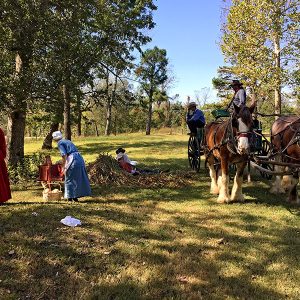 Cleaning Sorghum
Cleaning Sorghum
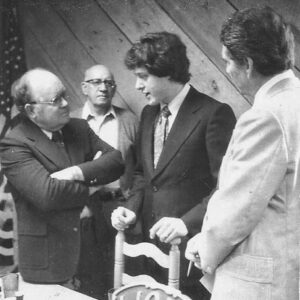 Bill Clinton with Lions Club
Bill Clinton with Lions Club
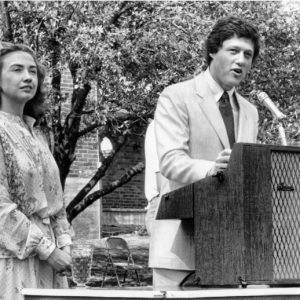 Hillary and Bill Clinton
Hillary and Bill Clinton
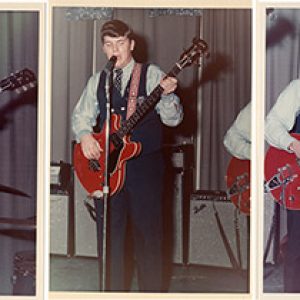 The Coachmen
The Coachmen
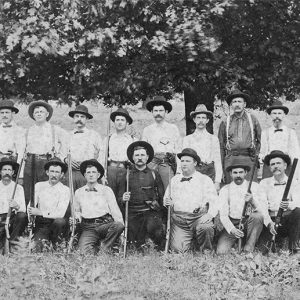 Coal Mine Guards
Coal Mine Guards
Coast Guard Auxiliary
aka: U.S. Coast Guard Auxiliary
 Cobb Book Presentation
Cobb Book Presentation
Cobbites
 Mathias Cohn Family
Mathias Cohn Family
 Mathias Cohn
Mathias Cohn
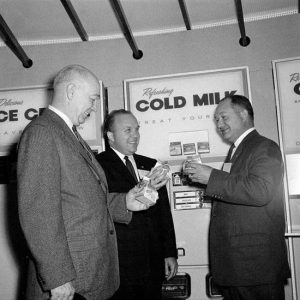 Coleman Dairy Personnel
Coleman Dairy Personnel
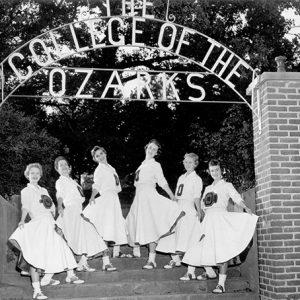 College of the Ozarks Cheerleaders
College of the Ozarks Cheerleaders
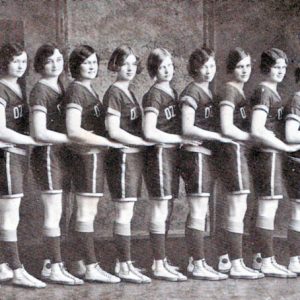 College of the Ozarks Girls' Basketball
College of the Ozarks Girls' Basketball
College Station Freedom School
Committee on Negro Organizations (CNO)
Committee to Retain Our Segregated Schools (CROSS)
Common Cause/Arkansas (CC/Arkansas)
 Commonwealth College Class
Commonwealth College Class
 Commonwealth Students
Commonwealth Students
Communist Party
 Company B, Sixteenth Infantry, Fort Logan H. Roots
Company B, Sixteenth Infantry, Fort Logan H. Roots
Concatenated Order of Hoo-Hoo
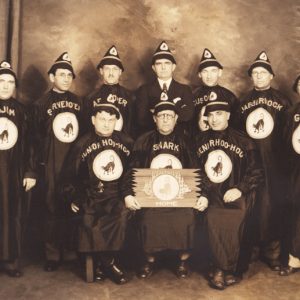 Concatenated Order of Hoo-Hoo
Concatenated Order of Hoo-Hoo




